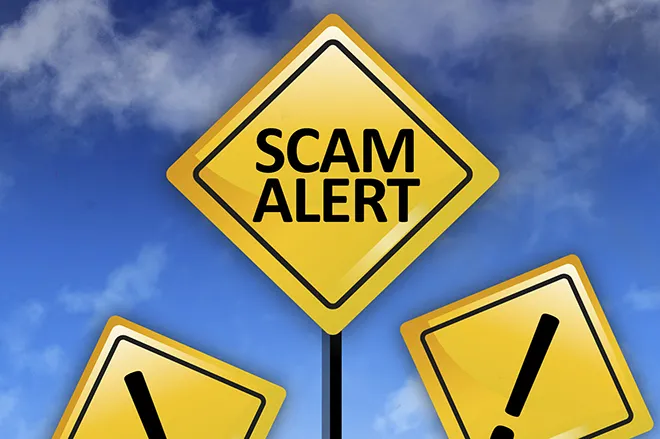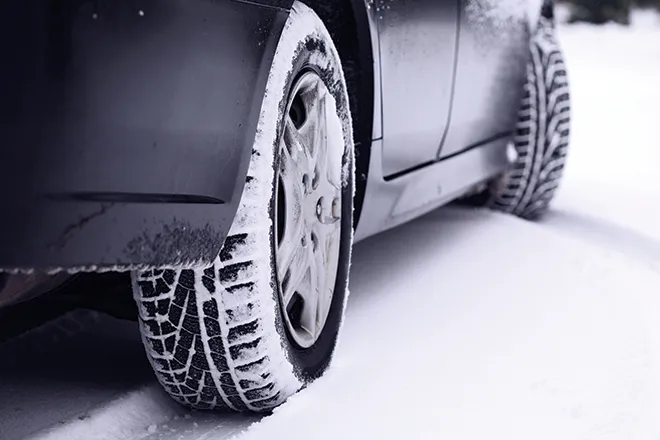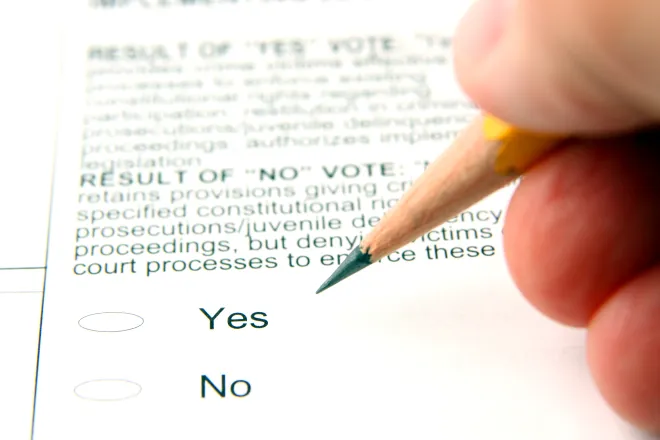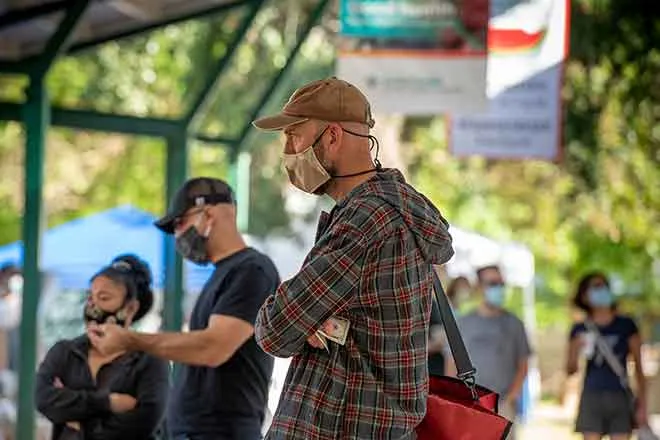
Identity Theft Reaches Beyond the Grave
Each year they use the identities of nearly 2.5 million deceased Americans to fraudulently open credit card accounts, apply for loans and get cellphone or other services, according to fraud prevention firm ID Analytics.
Nearly 800,000 of those deceased are deliberately targeted — roughly 2,200 a day. The identities of the others are used by chance: Crooks make up a Social Security number that happens to match that of someone who has died.
It's called "ghosting," and because it can take six months for financial institutions, credit-reporting bureaus and the Social Security Administration to receive, share or register death records, the crooks have ample time to rack up charges. Plus, of course, the dead don't monitor their credit — and often, neither do their grieving survivors.
Sometimes, crooks glean personal information from hospitals or funeral homes. More often, the crime begins with thieves trolling through obituaries. With a name, address and birth date in hand, they can illicitly purchase the person's Social Security number on the Internet for as little as $10.
This time of year, criminals may file tax returns under the identities of the dead, collecting refunds (they totaled $5.2 billion in 2011) from the IRS.
The only good news here is that surviving family members are ultimately not responsible for such charges (or for legitimate debts of the dead if their names are not on the accounts). But ghosting can still cause plenty of angst. So, protect yourself by taking these steps after a loved one's death:
•In obituaries, list the age but don't include birth date, mother's maiden name or other personal identifiers that could be useful to ID thieves. Omitting the person's address also reduces the likelihood of a home burglary during the funeral (sadly, this does happen).
•Using certified mail with "return receipt," send copies of the death certificate to each credit-reporting bureau — Equifax, Experian and TransUnion — asking them to place a "deceased alert" on the credit report. Mail certificates to banks, insurers, brokerages and credit card and mortgage companies where the deceased held accounts. If you're closing an individual account, make sure the institution lists "Closed: Account Holder Is Deceased" as the reason. For joint accounts, remove the deceased's name.
•Report the death to Social Security by calling 800-772-1213.
•Contact the department of motor vehicles to cancel the deceased's driver's license, to prevent duplicates from being issued to fraudsters.
•A few weeks later, check the credit report of the person at annualcreditreport.com to see if there's been any suspicious activity. Several months later, go to the same site to get another free report from a different credit-reporting bureau.
•For more tips, visit the Identity Theft Resource Center and type "deceased" in the search box.
Sid Kirchheimer is the author of Scam-Proof Your Life (AARP Books/Sterling). He writes the Scam Alert column for AARP. This article originally appeared at aarp.org.
















